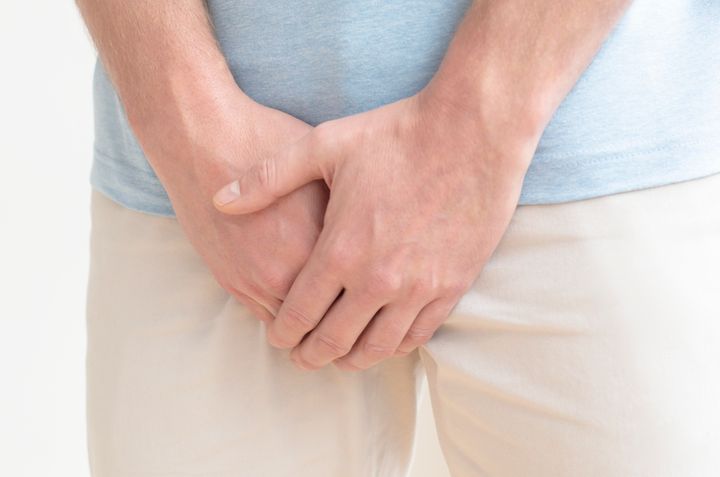
Scientists have decided to “tackle” the big question – what (if anything) makes a scrotum sack pleasing to the eye?
While it might sound like an inconsequential inquiry, it’s asked in the Journal of Cosmetic Dermatology against the backdrop of the rapid rise in genital plastic surgery – and more specifically the surge in scrotum tightening, which turns out to be under-researched.
As the paper this month explains: “Breast operations, labia reductions, and penis lengthening are long-established interventions, the motives for which a number of previous studies have examined.
“Tightening of the scrotum, by contrast, is a new trend in the aesthetic surgery market. Notwithstanding its rapid increase, studies have yet to investigate aesthetic preferences as regards the scrotum.”
The paper looked into the growth in online pornography and gender and personality differences to find out whether there’s a ball bag Platonic ideal. Put another way: does anything make a scrotum sack beautiful?
Pictures of four different scrotums were altered in terms of length and width, meaning a total of 36 ball sacks were rated in terms of attractiveness by 659 volunteers.
On the question of whether men and women have different perceptions on what makes a scrotum aesthetically-appealing, only one pair of knackers – #4, in case you were wondering – saw men rate the scrotum as significantly more attractive than women (see graph below).

And what about personality traits, age, openness to new experiences, and use of pornography? Again, there was little to suggest much would move the needle. “Overall, almost none of the 36 images we showed participants was rated as ‘attractive’, as most values were in the negative range,” the paper found.
One positive message to be drawn from the study is that, unlike with penises, the proliferation of porn is not negatively affecting men’s views of their own scrotums. And the over-arching takeaway appears to be largely an upbeat one – don’t worry too much about your sad sack. The study concluded: “Ultimately, it was barely possible to identify a ‘beautiful’ scrotum; we must instead speak of the least ugly.”